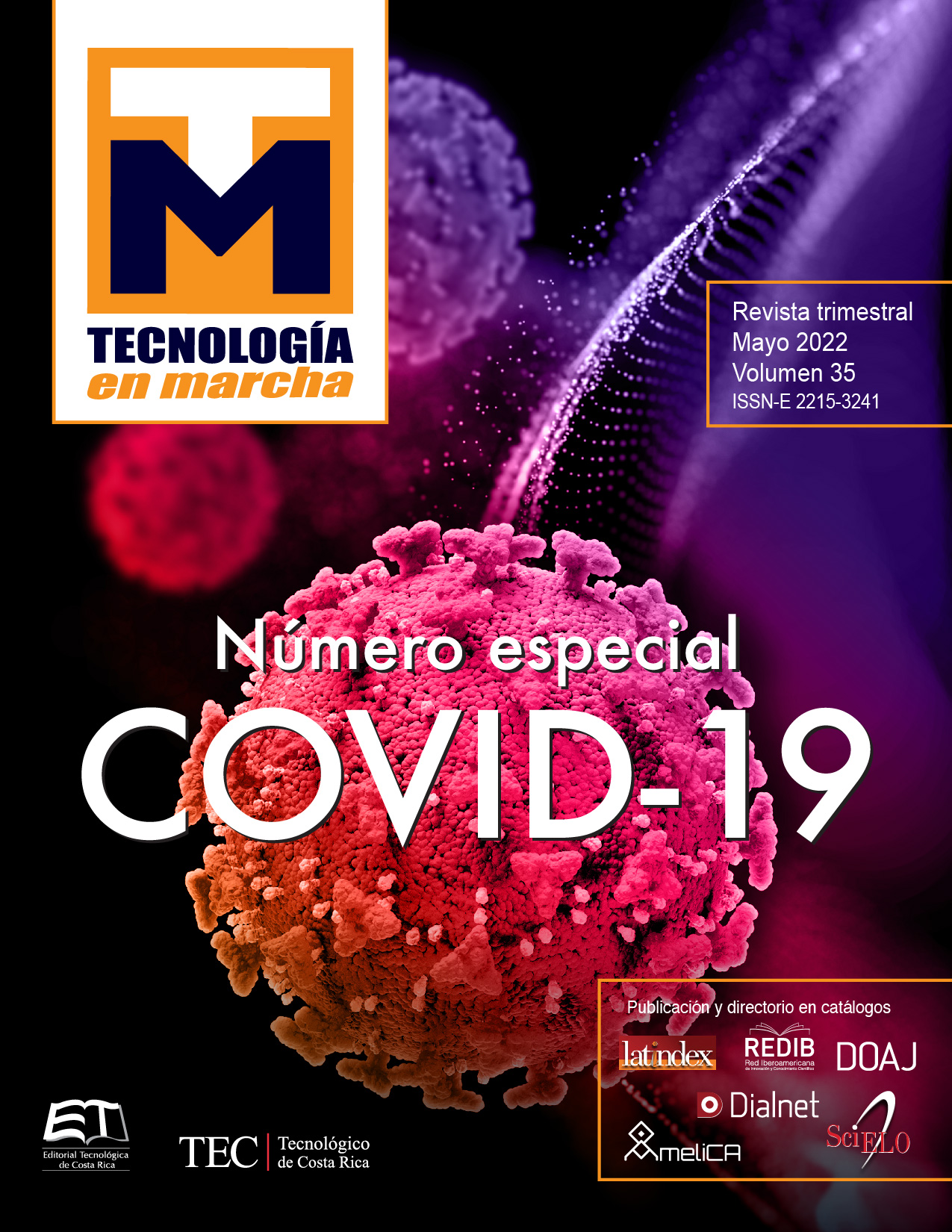Post-COVID tourism in Mexico and the world
Main Article Content
Abstract
The constant increase in the number of tourists traveling around the world, has led governments in each country to work permanently and more specifically on tourism, guaranteeing better management in the influx of visitors at places, in order to control the use of natural resources, and attend the needs of inhabitants, as the imminent shortage of vital elements for survival is a subject even more delicate and urgency to deal with. As a part of the projects to eradicate this problem and in the middle of a pandemic several international organizations had provided lots of alternatives that must be taken into count in the development plans for a better public policy. In the points to deal with, we have tourism carrying overcapacity at interest places since derivate the quick increase of population in the world and the increase of travel, the limit of people that must be in the same space has been exceeded and with that the increase of problems at a local level un touristic destinations. Because of the current situation of COVID-19, tourism was one of the most affected. To guarantee the development and resurgence of post-pandemic tourism, it needs to lead to good planning based on the new passengers’ and locals’ requirements on the subject of biosecurity and trust in each touristic destination, in addition to bet for sustainable tourism.
Article Details

This work is licensed under a Creative Commons Attribution-NonCommercial-NoDerivatives 4.0 International License.
Los autores conservan los derechos de autor y ceden a la revista el derecho de la primera publicación y pueda editarlo, reproducirlo, distribuirlo, exhibirlo y comunicarlo en el país y en el extranjero mediante medios impresos y electrónicos. Asimismo, asumen el compromiso sobre cualquier litigio o reclamación relacionada con derechos de propiedad intelectual, exonerando de responsabilidad a la Editorial Tecnológica de Costa Rica. Además, se establece que los autores pueden realizar otros acuerdos contractuales independientes y adicionales para la distribución no exclusiva de la versión del artículo publicado en esta revista (p. ej., incluirlo en un repositorio institucional o publicarlo en un libro) siempre que indiquen claramente que el trabajo se publicó por primera vez en esta revista.
References
Universidad Complutense Madrid, «Capacidad de Carga Tuística,» [En línea]. Available: https://www.ucm.es/capacidadcargaturistica/estado-del-arte.
INEGI, «Censo de Población y Vivienda 2020,» 2020. [En línea]. Available: https://www.inegi.org.mx/programas/ccpv/2020/.
OMT, «2020: EL PEOR AÑO DE LA HISTORIA DEL TURISMO, CON MIL MILLONES MENOS DE LLEGADAS INTERNACIONALES,» 28 Enero 2021. [En línea]. Available: https://www.unwto.org/es/news/2020-el-peor-ano-de-la-historia-del-turismo-con-mil-millones-menos-de-llegadas-internacionales.
UNWTO, « y sector turístico 2020,» 2020. [En línea]. Available: https://www.unwto.org/es/covid-19-y-sector-turistico-2020?fbclid=IwAR3lwo4AwBHMHajdmvx69KnNH3hAFV4ePTYt56cjBwEA8W2x8er7FjaxmPs.
Entorno Turístico, «10 países con más turistas internacionales en el 2020, año de la pandemia,» 30 Diciembre 2020. [En línea]. Available: https://www.entornoturistico.com/10-paises-con-mas-turistas-internacionales-en-el-2020-ano-de-la-pandemia/.
DATATUR, «Resultados de la Actividad Turística Diciembre 2020,» [En línea]. Available: https://www.datatur.sectur.gob.mx/RAT/RAT-2020-12(ES).pdf.
Statista, «México: consumo del turismo doméstico 2009-2019,» Diciembre 2020. [En línea]. Available: https://es.statista.com/estadisticas/1125073/ingresos-por-turismo-interno-mexico/.

